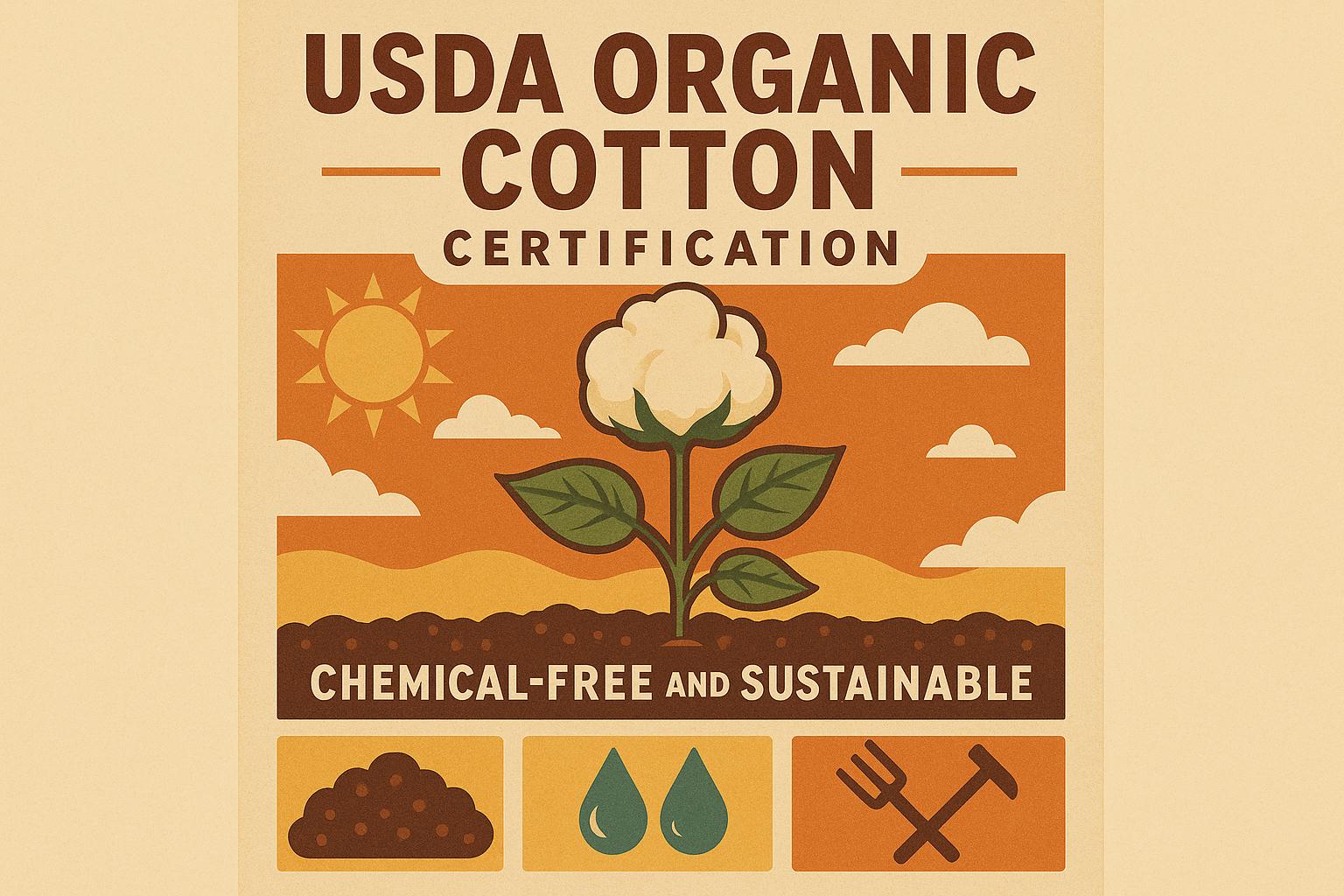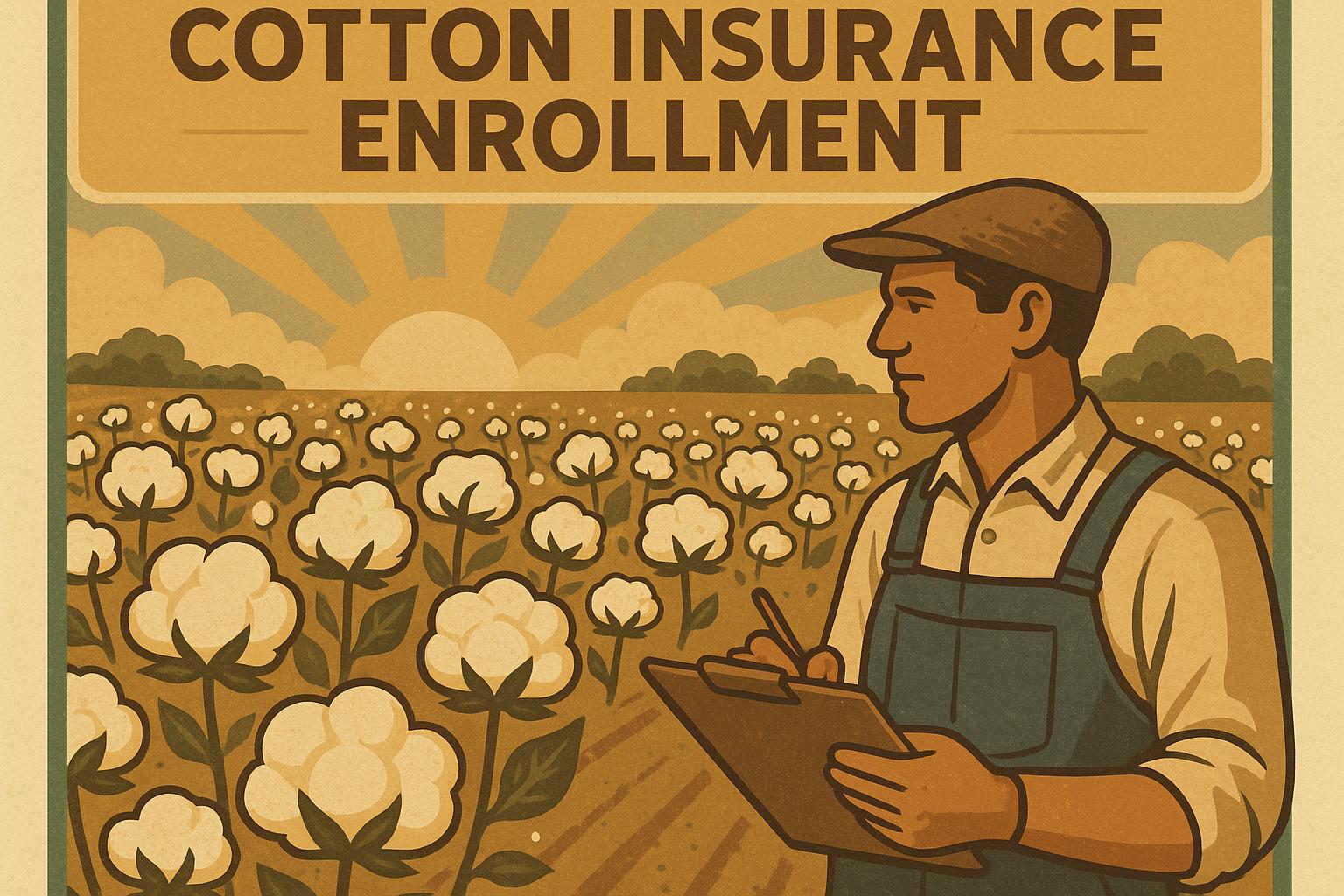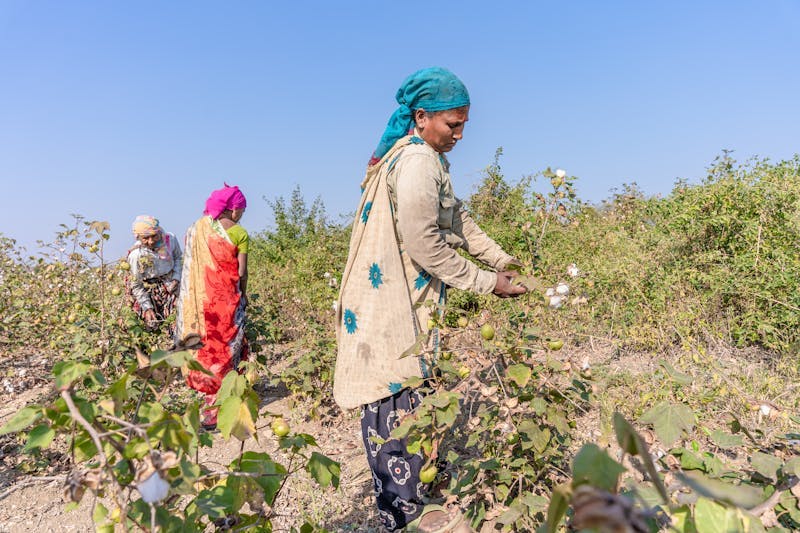BT cotton and non-BT cotton differ in pest control, costs, and farming methods. Here's a quick breakdown to help you decide:
- BT Cotton: Contains a gene from Bacillus thuringiensis that naturally fights bollworms, reducing pesticide use. It's more expensive upfront but offers steadier yields and lower labor demands.
- Non-BT Cotton: Relies on external pest management like insecticides and crop rotation. Cheaper seeds, but higher labor and pesticide costs, with yields that vary based on pest pressure.
Quick Comparison
| Metric | BT Cotton | Non-BT Cotton |
|---|---|---|
| Pest Control | Produces Bt toxin, fewer sprays | Requires frequent spraying |
| Seed Cost | Higher | Lower |
| Pesticide Use | Minimal | High |
| Labor Needs | Lower | Higher |
| Yield Stability | More reliable | Variable |
| Soil Health Impact | Preserves beneficial organisms | Greater chemical exposure |
| Profitability | Higher net profits with pests | Lower profits if pests are severe |
BT cotton is ideal for reducing labor and pesticide use while maintaining consistent yields. Non-BT cotton is cheaper upfront but requires more intensive management. Choose based on your farm's pest pressure, budget, and labor capacity.
Difference between Bt and non-Bt cotton | class 12
BT and Non-BT Cotton Basics
Let’s break down the key features of each cotton type at the farm level.
What Is BT Cotton?
BT cotton contains a gene from Bacillus thuringiensis, which enables the plant to produce proteins that are toxic to bollworms. This often reduces the need for farmers to apply insecticides.
What Is Non-BT Cotton?
Non-BT cotton does not have the Bt gene. Farmers rely on Integrated Pest Management (IPM), which includes practices like field scouting, crop rotation, using pest-resistant varieties, and applying insecticides only when pest levels exceed specific thresholds.
| Characteristic | BT Cotton | Non-BT Cotton |
|---|---|---|
| Genetic composition | Contains Bt gene | Does not contain Bt gene |
| Pest control | Produces Bt toxin naturally | Requires external insecticides |
With these basics covered, we’ll move on to compare the yields of these two cotton types.
Crop Yield Analysis
Expanding on pest control, crop yields largely depend on resistance traits and proper farming practices. When dealing with heavy bollworm infestations, BT varieties tend to produce more reliable yields compared to non-BT options. However, both types need specific conditions to thrive: well-drained soils, steady moisture levels, protection from extreme weather, and timely nutrient application. For detailed yield information tailored to your area, reach out to your local county extension service.
sbb-itb-0e617ca
Cost and Resource Use
Yield alone doesn’t guarantee profitability - input costs play a big role. Let’s break down the main cost factors for BT and non-BT cotton.
Seed and Material Costs
BT seeds come with a higher price tag, but they include built-in pest resistance, which can reduce spending on chemicals. Non-BT seeds are cheaper upfront but require more insecticides to manage pests.
Pesticide Needs
BT cotton typically requires fewer bollworm sprays. In contrast, non-BT cotton needs more frequent spraying, which increases costs for labor, fuel, and equipment.
Profit Factors
While BT seeds are more expensive, they often lead to higher net profits. This is due to lower pesticide expenses, fewer trips across the field, and steadier yields when pests are an issue.
Farm Impact and Methods
Pesticide use and management practices influence not only crop yield and costs but also the surrounding environment and labor requirements.
Pesticide Effects on Land
Pesticide use has a noticeable impact on cotton farms. BT cotton, with its built-in pest resistance, reduces the need for frequent pesticide applications. This helps maintain soil health by protecting beneficial organisms and lowering the risk of chemical runoff. On the other hand, non-BT cotton requires more frequent spraying, which can increase labor demands, fuel consumption, and the likelihood of runoff.
Non-BT Cotton Care Steps
Managing non-BT cotton involves more intensive practices. Farmers need to scout fields early in the season, spray based on pest thresholds, and rotate pesticide types. These steps demand more time and effort for monitoring and application.
Next, let’s compare these two systems side by side.
Side-by-Side Comparison
Here's a breakdown of key metrics comparing BT cotton and non-BT cotton farming practices.
| Metric | BT Cotton | Non-BT Cotton |
|---|---|---|
| Pesticide Applications | Fewer bollworm sprays needed; less frequent applications | Requires regular spraying with multiple applications each season |
| Labor Requirements | Lower labor needs due to reduced spraying and monitoring | Higher labor demands for field scouting and pesticide application |
| Soil Health Impact | Preserves more beneficial organisms; less chemical exposure | Frequent chemical exposure with greater risk to soil organisms |
| Environmental Effects | Lower chemical runoff risk; reduced fuel use for spraying | Higher pesticide runoff risk; increased fuel consumption from frequent spraying |
| Overall Farm Impact | Higher seed costs upfront but more reliable yields and typically higher net profits | Lower seed costs but variable yields; profits depend heavily on pest pressure |
Conclusion
BT cotton reduces the need for bollworm sprays, lowers labor demands, and offers more consistent yields with higher net profits. On the other hand, non-BT cotton requires more frequent monitoring, additional spraying, and often results in fluctuating yields, which can strain profits during severe pest outbreaks.
After harvest, choosing the right gin is crucial for timely processing and maintaining quality.
Visit cottongins.org to find cotton gins across the U.S. by state or county and streamline your post-harvest plans. You can also submit updates to keep the listings accurate and up to date.


